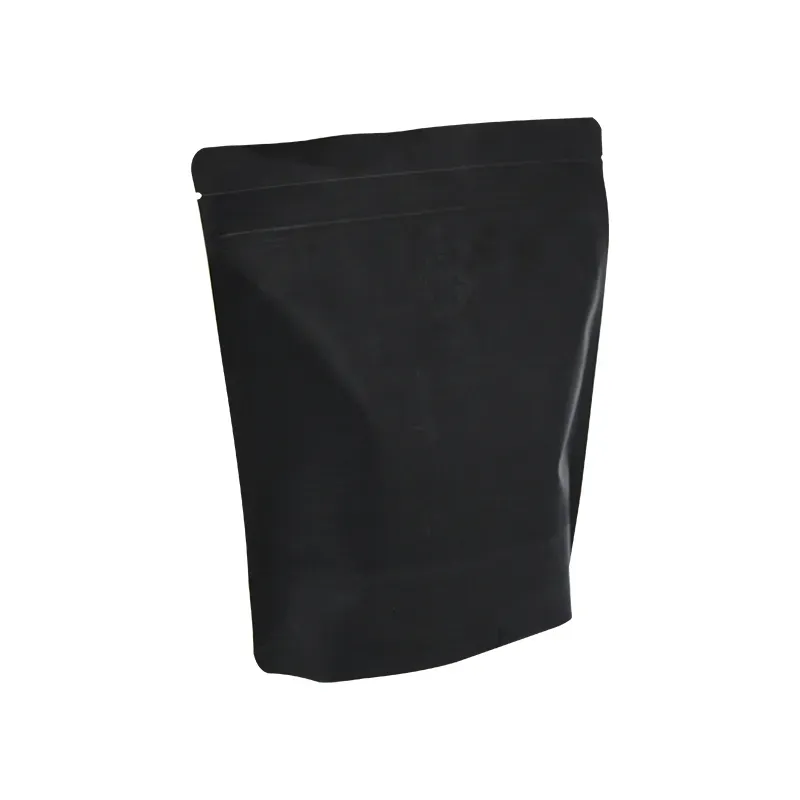- Afrikaans
- Albanian
- Amharic
- Arabic
- Armenian
- Azerbaijani
- Basque
- Belarusian
- Bengali
- Bosnian
- Bulgarian
- Catalan
- Cebuano
- chinese_simplified
- chinese_traditional
- Corsican
- Croatian
- Czech
- Danish
- Dutch
- English
- Esperanto
- Estonian
- Finnish
- French
- Frisian
- Galician
- Georgian
- German
- Greek
- Gujarati
- haitian_creole
- hausa
- hawaiian
- Hebrew
- Hindi
- Miao
- Hungarian
- Icelandic
- igbo
- Indonesian
- irish
- Italian
- Japanese
- Javanese
- Kannada
- kazakh
- Khmer
- Rwandese
- Korean
- Kurdish
- Kyrgyz
- Lao
- Latin
- Latvian
- Lithuanian
- Luxembourgish
- Macedonian
- Malgashi
- Malay
- Malayalam
- Maltese
- Maori
- Marathi
- Mongolian
- Myanmar
- Nepali
- Norwegian
- Norwegian
- Occitan
- Pashto
- Persian
- Polish
- Portuguese
- Punjabi
- Romanian
- Russian
- Samoan
- scottish-gaelic
- Serbian
- Sesotho
- Shona
- Sindhi
- Sinhala
- Slovak
- Slovenian
- Somali
- Spanish
- Sundanese
- Swahili
- Swedish
- Tagalog
- Tajik
- Tamil
- Tatar
- Telugu
- Thai
- Turkish
- Turkmen
- Ukrainian
- Urdu
- Uighur
- Uzbek
- Vietnamese
- Welsh
- Bantu
- Yiddish
- Yoruba
- Zulu
Innovative Approaches to Sustainable Food Packaging Solutions for the Future
The Importance of Food Packaging in Today's World
In a world that is constantly evolving, the significance of food packaging has grown immensely. As consumers become more health-conscious and environmentally aware, the food industry must adapt to meet these changing demands. Packaging serves several critical functions, from preserving freshness to providing essential information. Understanding the various aspects of food packaging can help us appreciate its importance in our daily lives.
Protection and Preservation
One of the primary roles of food packaging is to protect the products from contamination and spoilage. Packaging acts as a barrier against external factors such as moisture, air, and microorganisms that could compromise the quality of the food. For instance, vacuum-sealed packages prevent the oxidation of food items, significantly extending their shelf life. Similarly, materials like glass, which is inert and impermeable, are increasingly favored for items like sauces and jams, as they provide an excellent defense against spoilage.
Moreover, proper packaging minimizes food waste, a pressing global issue. According to the Food and Agriculture Organization (FAO), approximately one-third of all food produced globally is wasted. Effective packaging solutions play a crucial role in reducing this waste. By keeping food fresh for longer periods, consumers can enjoy their purchases without the worry of spoilage before they are consumed.
Safety and Compliance
Safety is paramount in the food industry, and packaging ensures that food products reach consumers without compromising their health. Regulations govern food packaging to ensure products are safe to consume. Packaging materials are carefully selected to avoid chemical reactions with food, which could lead to contamination. For example, food-grade plastics and coatings are specifically designed to prevent any leaching of harmful substances.
Additionally, clear labeling is crucial in helping consumers make informed choices. Labels provide important information regarding ingredients, nutritional content, allergens, and expiry dates. This transparency empowers consumers to make safer food choices, fostering a healthier population.
food packaing

Sustainability and Environmental Impact
As environmental concerns grow, the food packaging industry is under immense pressure to innovate sustainably. Traditional packaging materials like plastic pose significant threats to the environment due to their non-biodegradable nature. In response, there is a rising trend toward the use of biodegradable, compostable, and recyclable materials. Brands are exploring alternatives like plant-based plastics, glass, and paper, which have a reduced environmental footprint.
Moreover, the concept of minimally invasive packaging is gaining traction. Protective but minimal packaging reduces material usage while still providing adequate protection for the food. This not only helps the environment but also appeals to consumers who value sustainability.
Consumer Experience and Branding
Food packaging also serves as a vital marketing tool. Eye-catching designs and innovative packaging can draw consumers’ attention and influence their purchasing decisions. Companies invest in creative and attractive packaging to differentiate their products in a crowded market. Unique shapes and user-friendly features, such as resealable packaging, enhance the consumer experience.
Modern consumers are not just looking for practicality in food packaging; they are also looking for brands that reflect their values. As a result, sustainability has become a crucial aspect of branding. Companies that prioritize eco-friendly packaging often find themselves resonating with a larger, more conscientious audience, driving both sales and loyalty.
Conclusion
Food packaging is more than just a means to contain food; it is an essential component that impacts safety, quality, and sustainability. As we navigate an increasingly complex food landscape, the way food is packaged will continue to evolve. The industry must balance protection and preservation with environmental responsibility and consumer appeal. By doing so, they will not only enhance food quality and safety but also contribute to a more sustainable world. Ultimately, informed consumers play a vital role in this evolution, as their preferences will drive the future of food packaging solutions.













